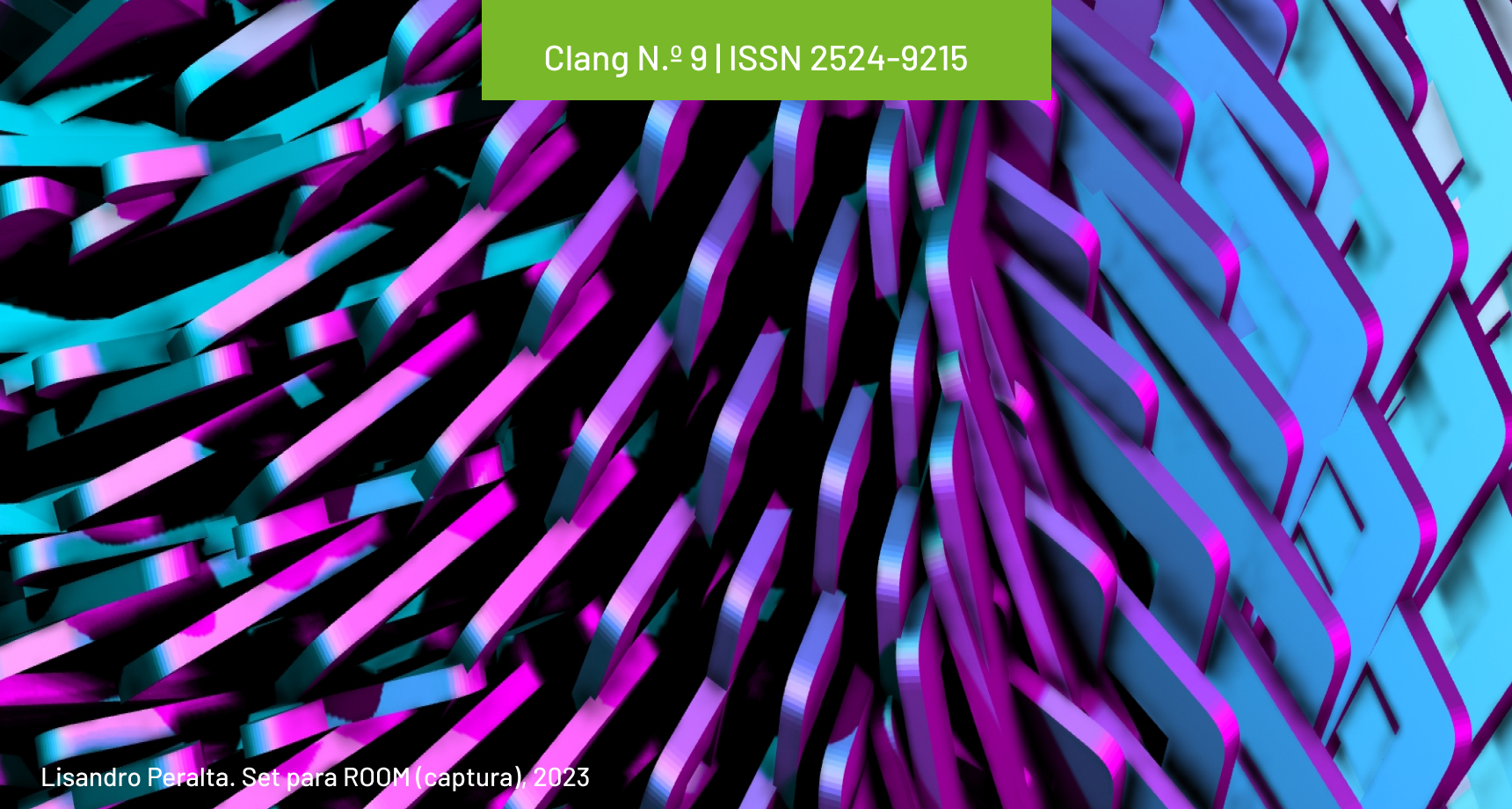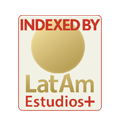Ramiro Virou Mito
Notes on Teoría De La Clave Y La Serie Escondida of Ramiro Musotto
DOI:
https://doi.org/10.24215/25249215e039Keywords:
Ramiro Musotto, Theory of clave, Hidden series, Percussion, Musical educationAbstract
After studying with Ramiro Musotto and his subsequent investigations and personal developments, this article offers a written version of the Theory of the clave and the hidden series, that Musotto himself had not published beyond some notes that he distributed in his classes. Musotto’s theory proposes a theoretical-methodological approach to the analysis of the Afro-derived rhythmic matrices, presents in Latin American popular music, facilitating its study and performance, as well as the task of composing and arranging in divers scenes. This text is a reworking for Clang Magazine of the chapter La Semilla from the book Curtir el cuero.Downloads
References
Amira, J. y Cornelius, S. (1992). The Music of Santería. [La música de Santería]. White Cliff Media Company.
Feinmann, J. P. (2018). Una filosofía para América Latina. Editorial Planeta.
Seminara, C. (2021). Curtir el cuero: propuestas pedagógicas desde el tambor latinoamericano. UNR Editora.
Sodré, M. (1998). Samba, o dono do corpo. [Samba, el dueño del cuerpo]. MAUAD Editora Ltda.
Downloads
Published
How to Cite
Issue
Section
License

This work is licensed under a Creative Commons Attribution-NonCommercial-ShareAlike 4.0 International License.
The acceptance of the manuscript by the magazine means the non-exclusive cession of the property rights of the authors in favour of the editor, who allows the reuse, after publication (post print), under a license Attribution-NonCommercial-NoDerivatives 4.0 International.
According to these terms, the material can be copied and redistributed by any means or in any format as long as a) the author and original source of the publication are quoted (magazine and URL of the work), access to the license is provided and whether changes have been made is mentioned; and b) the material is not used for commercial purposes.
The cession of non-exclusive rights means that after the publication (post print) in Clang the authors can publish their work in any language, means and format; in such cases it must be mentioned that the material was originally published in this magazine. Such cession also means the authorization of the authors for the work to be collected by SEDICI, the institutional archive of the Universidad Nacional de La Plata, and to be spread in the databases that the editorial team considers appropriate to increase the visibility of the publication and its authors.
Moreover, the magazine encourages the authors to deposit their productions in other institutional and thematic archives under the principle that offering the society the scientific and academic production without any restrictions contributes to a greater exchange of the global knowledge.












 </a >
</a >












